Greek Upper Working Class Family in the Early 1900s
Victorians: Daily Life
Although the Victorian era was a period of extreme social inequality, industrialisation brought about rapid changes in everyday life that affected all classes. Family life, epitomised past the young Queen Victoria, Prince Albert and their 9 children, was enthusiastically idealised.
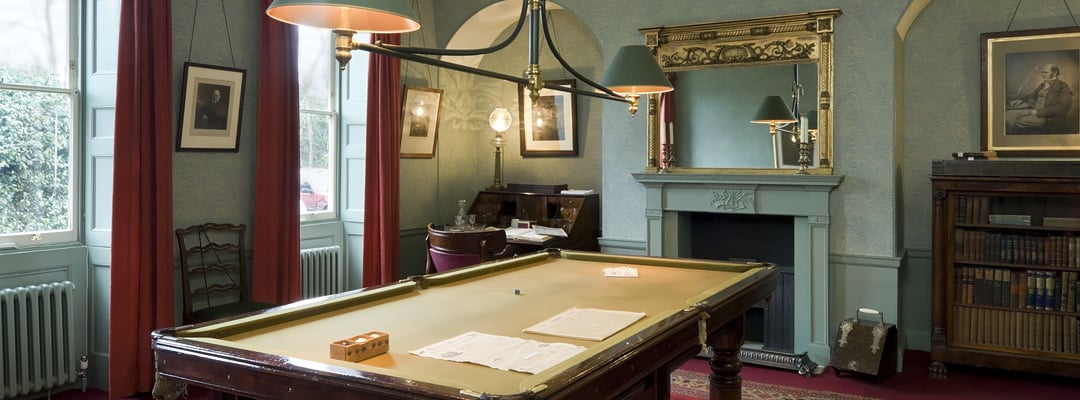
THE MIDDLE CLASSES
The tremendous expansion of the middle classes, in both numbers and wealth, created a huge need for appurtenances and services. The pound was strong and labour was cheap.
Keen to display their affluence, and with the leisure to enjoy it, the newly rich required a never-ending supply of novelties from the state's factories and workshops: new colours for ladies' clothes (such as mauve), new toys for their children, fine cutlery from Sheffield, silverware from factories similar JW Evans in Birmingham, dinner and tea services from the Staffordshire Potteries, and plate glass from Liverpool.
What in the 18th century would take been available simply to aristocrats was at present on show in every smart middle-course home.
The middle classes needed servants too, and in 1900 about a 3rd of British women aged between 15 and 20 were in service. Domestic servants represented the largest class of workers in the country, and country houses like Audley End, Essex, had large service wings to suit them.
Learn ABOUT LIFE BELOW STAIRS AT AUDLEY End
POVERTY
Luxuries were not available to the millions of working poor, who toiled for long hours in mills (like Stott Park Bobbin Manufactory , Cumbria), mines, factories and docks. The dreadful working and living conditions of the early 19th century persisted in many areas until the end of the Victorian age. The dark shadow of the workhouse loomed over the unemployed and destitute.
By the 1880s and 1890s, all the same, virtually people were benefiting from cheaper imported nutrient and other appurtenances. New terraces of houses for the more prosperous working classes were increasingly connected to make clean water, drains and fifty-fifty gas.
A series of Factory Acts from the 1830s onwards progressively express the number of hours that women and children could exist expected to work. Any attempts to organise labour, however, were banned past law until belatedly in the century.
Diversions for all
By 1900 there were many diversions and entertainments for rich and poor alike.
Theatres, music halls, libraries, museums and art galleries were built in every major town and many minor ones, often founded by a new breed of philanthropist. Seaside towns were no longer the preserve of the rich, and places like Swell Yarmouth and Blackpool developed equally popular resorts for the working classes.
There were many new sports, such as lawn tennis and croquet, and old sports with newly defined rules, such as rugby, football and cricket. Games were an essential ingredient of the education provided past the public schools that multiplied during this period, designed to make gentlemen out of boys from the new eye classes.
Pedagogy AND CHILDHOOD
Education came to be regarded as a universal need, and eventually a universal correct. It was made compulsory upwards to the historic period of 10 in 1880. To accomplish teaching for all, many new state or 'board' schools were established, together with church schools. By 1900 there was near-universal literacy, a colossal accomplishment considering how appalling the state of affairs of poor children had been in the 1830s.
The Victorian age was the first in which babyhood was recognised as a distinct and precious phase in life. Family life, embodied by the young queen, her beloved Albert and their nine children, was idealised.
As in so much else, the Victorians proved to exist richly imaginative when it came to entertaining children. The moral tales of the beginning of the period were supplemented by animal stories (such as Blackness Beauty ), stirring adventures (like Treasure Island ), and the eccentric brilliance of Alice's Adventures in Wonderland , all of which would inspire children'due south literature in the 20th century.
More about Victorian England
-
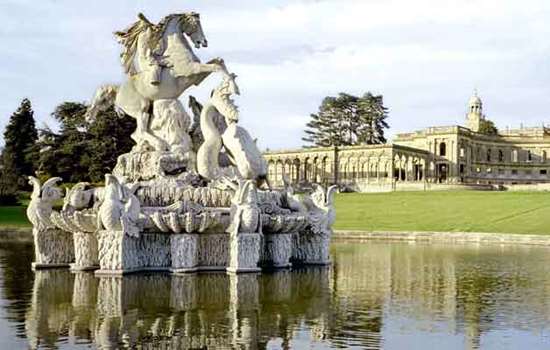
Victorians: Architecture
The architectural profession is largely a Victorian cosmos. From the 1820s, architects began to experiment with a profusion of styles.
-
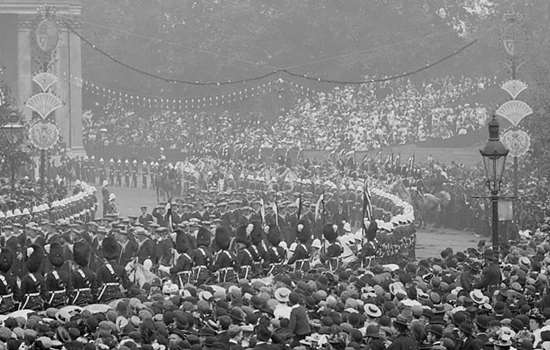
Victorians: Power and Politics
Although England in the late 1830s was yet ruled by a propertied upper class, there had long been a degree of social mobility.
-
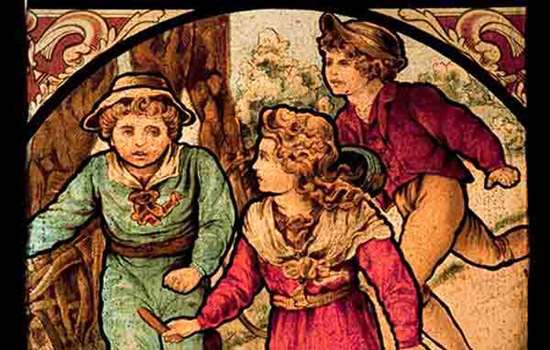
Victorians: Daily Life
Although the Victorian era was a catamenia of extreme social inequality, industrialisation brought about rapid changes in everyday life.
-
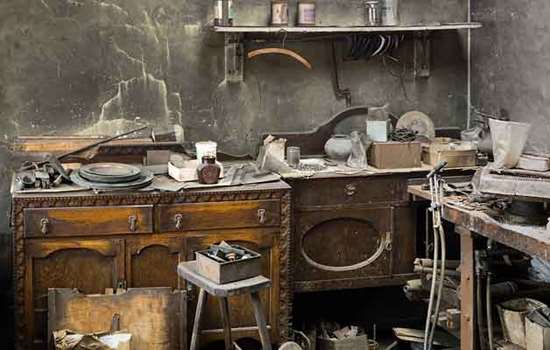
Victorians: Commerce
Overseas trade and an extensive commercial infrastructure fabricated Britain in the 19th century the well-nigh powerful trading nation in the world.
-
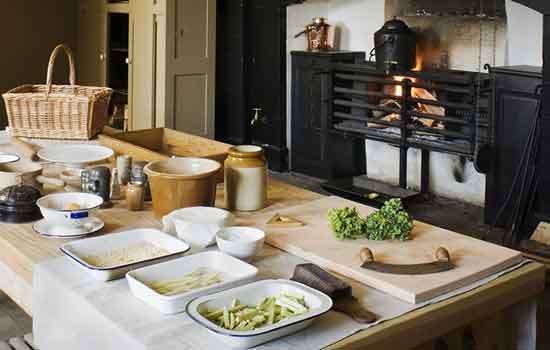
Victorians: Food and Wellness
In the Victorian period the growth of the railways made information technology possible to ship food to markets much more than easily. But at that place was still no cure for nigh diseases and life expectancy remained low.
-
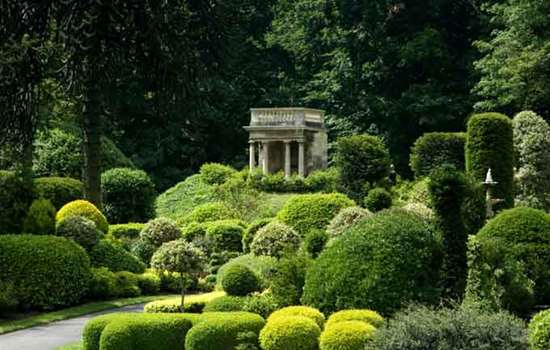
Victorians: Parks and Gardens
An boggling number of innovations in the study and cultivation of plants were made during the Victorian menstruum. Meanwhile, gardening became a national obsession.
-
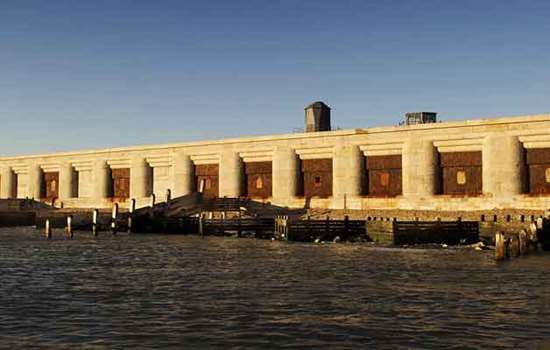
Victorians: War
Victorian Uk was both the greatest power in the world and the least militarised. Its military shortcomings were starkly revealed by the disastrous Crimean and Boer Wars.
-
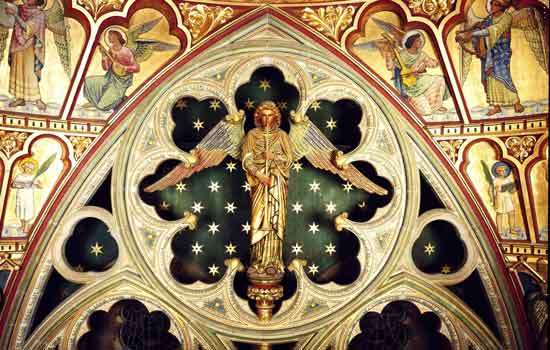
Victorians: Organized religion
The Victorian era saw the Church of England become increasingly merely one role of a vibrant and often competitive religious civilisation.
Victorian Stories
-
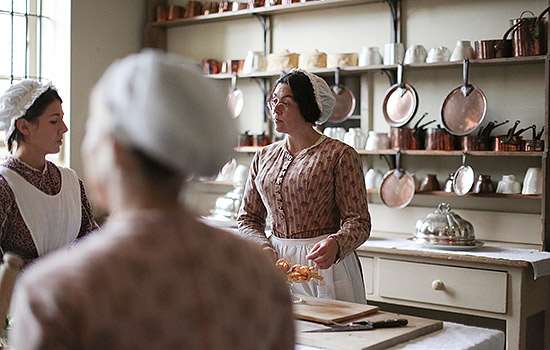
Below Stairs at Audley End
What were Victorian servants' lives similar? Discover the stories of the men, women and children who worked at Audley Cease House, Essex, in the 1880s.
-
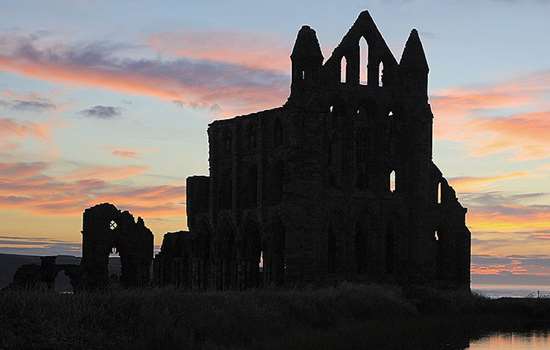
How Dracula Came to Whitby
How Bram Stoker's visit to the town of Whitby provided him with atmospheric locations for a Gothic novel – and a name for his famous vampire.
-
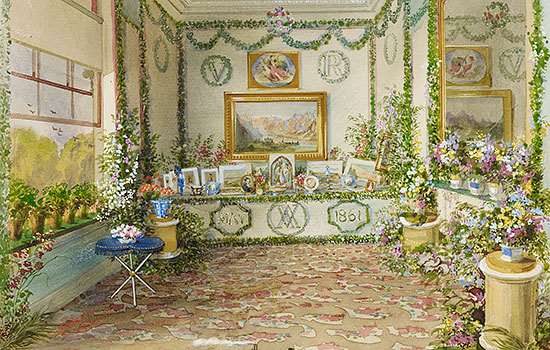
Birthdays at Osborne
Find out how Queen Victoria and Prince Albert celebrated their birthdays, and what the gifts they exchanged tell us about their private lives.
-
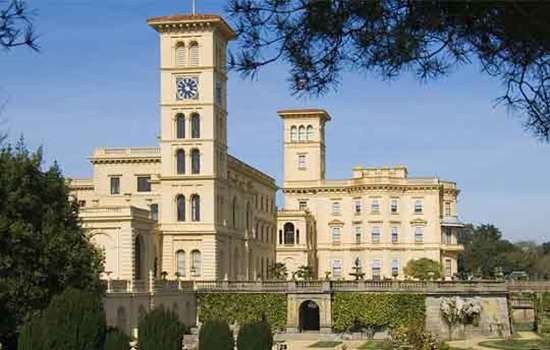
The 'Osborne Manner': From Naples to Melbourne
How Osborne Firm'due south Italianate design – the inspiration of Prince Albert – came to be imitated in public buildings throughout the British Empire.
-
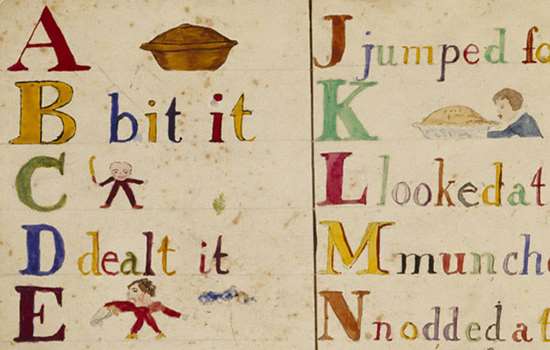
The Darwin Family unit at Downwardly Business firm
How Charles and Emma Darwin'southward children were both seen and heard during their surprisingly bouncy childhood at Downwardly House in Kent.
-
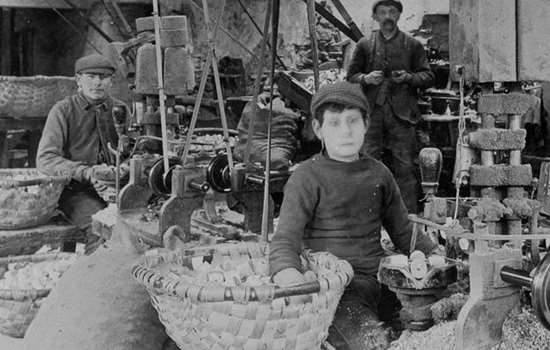
Child Labour in the Lake District
Stott Park Bobbin Mill is located in an idyllic spot, simply life was far from ideal for the 'bobbin boys' who worked there in the 19th century.
-
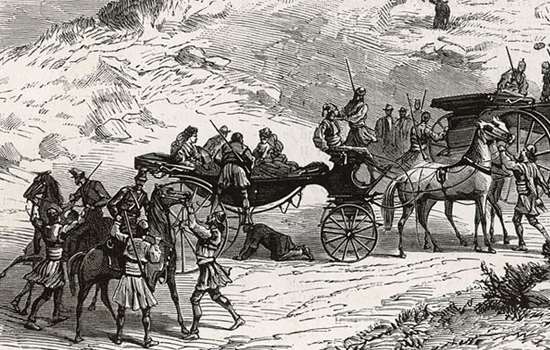
The Dilessi Massacre and a Gothic Revival Masterpiece
How the expiry of a immature English blueblood taken hostage in Greece inspired the edifice of St Mary'southward Church, Studley Regal.
Source: https://www.english-heritage.org.uk/learn/story-of-england/victorian/daily-life/
0 Response to "Greek Upper Working Class Family in the Early 1900s"
Post a Comment